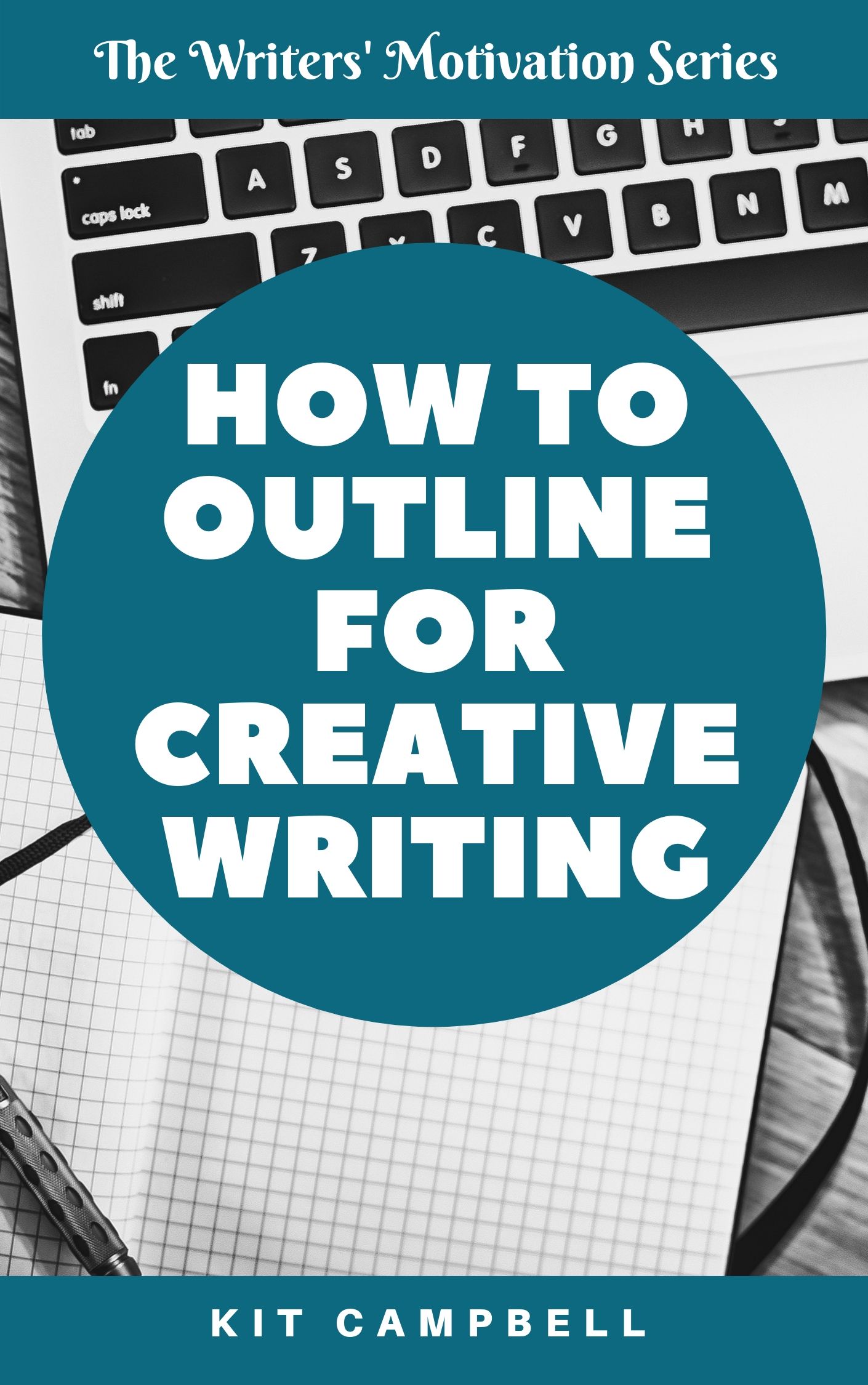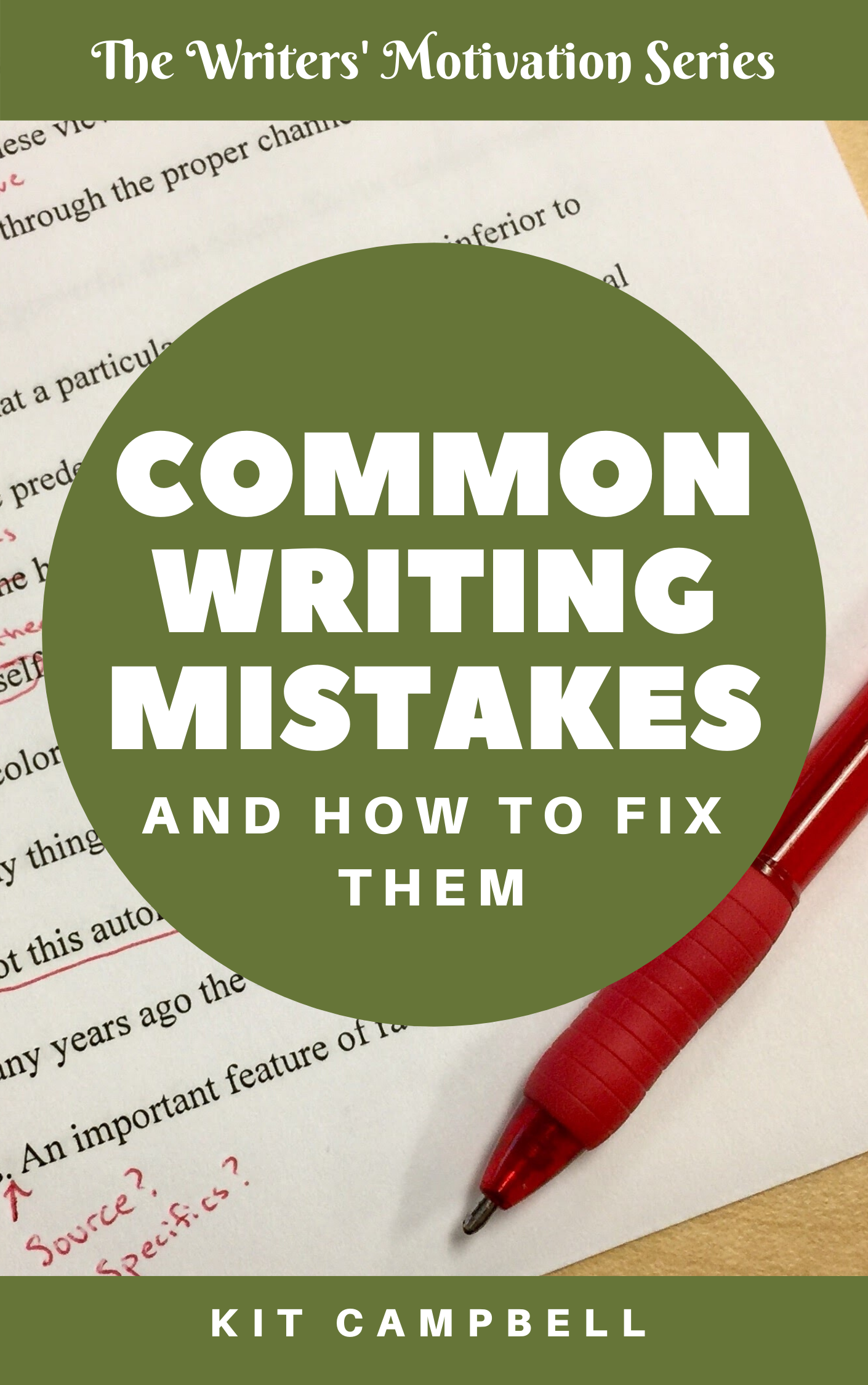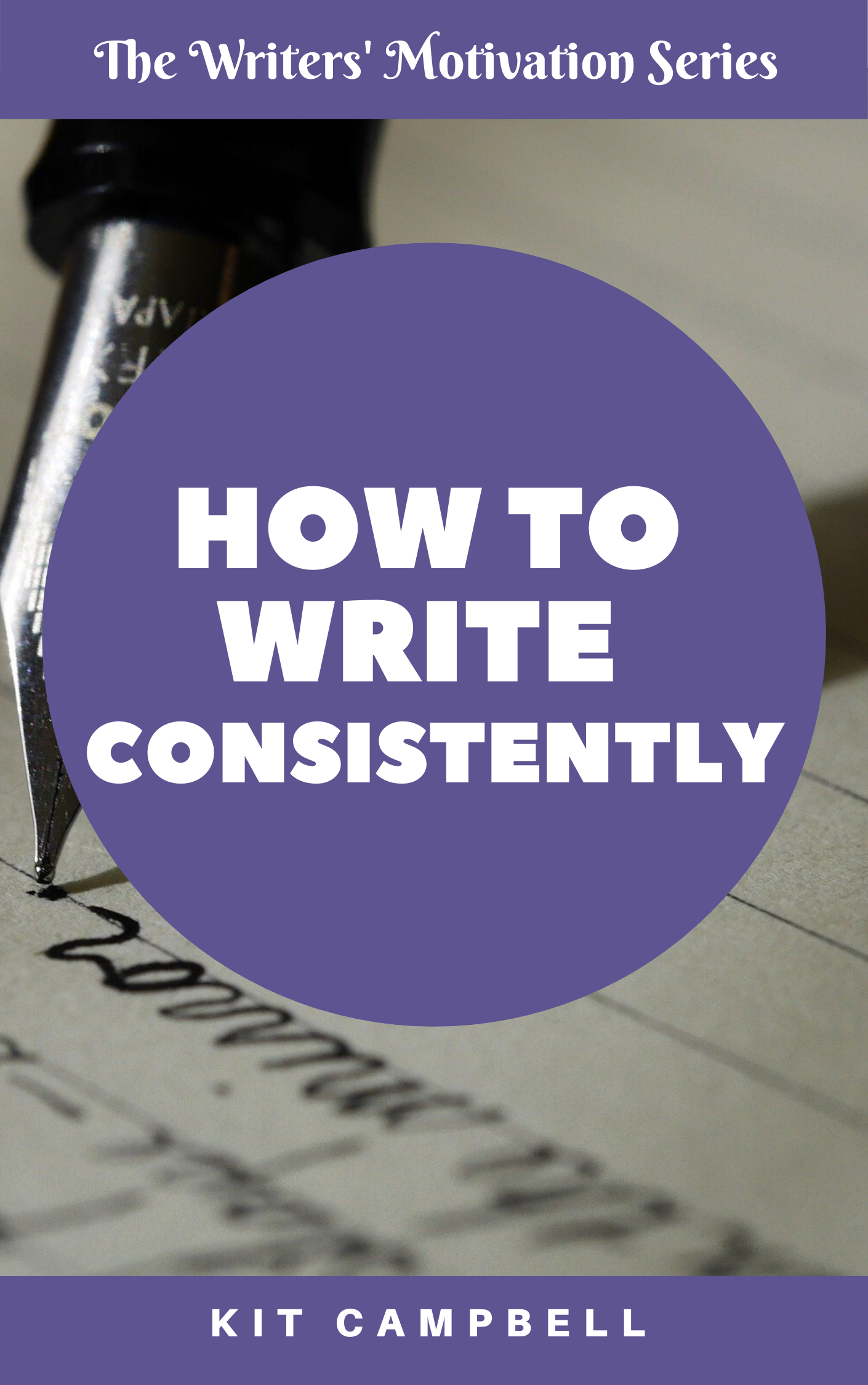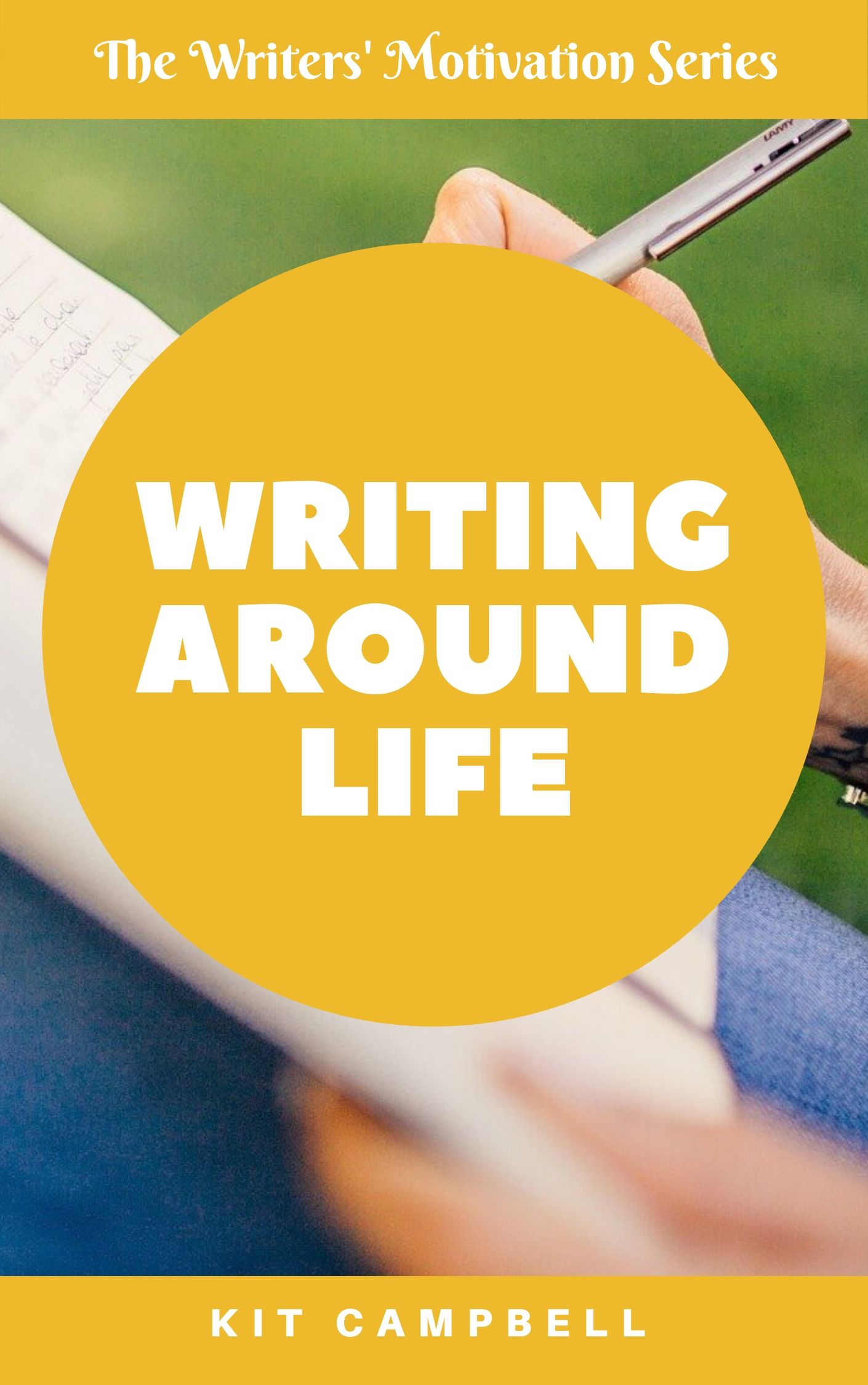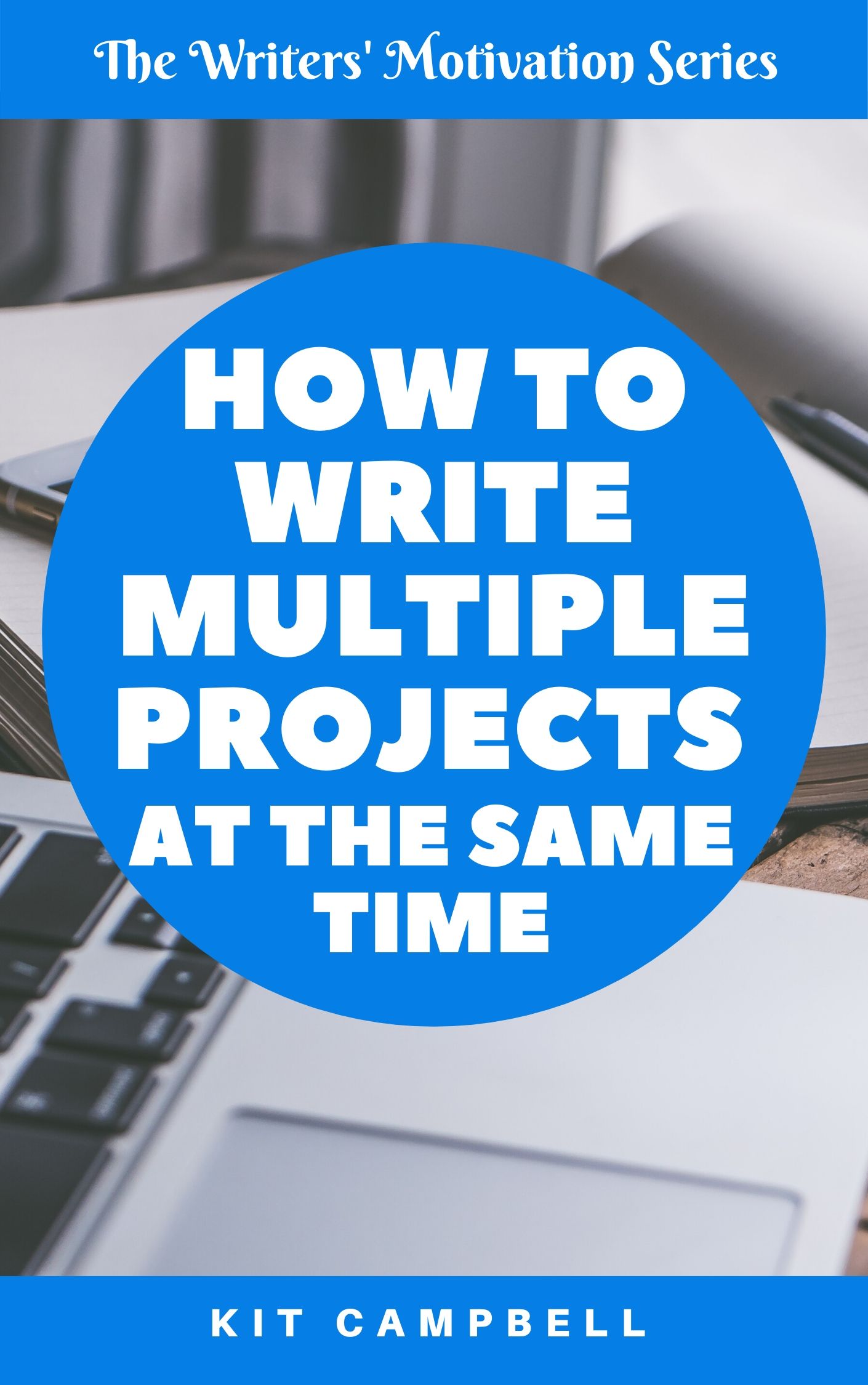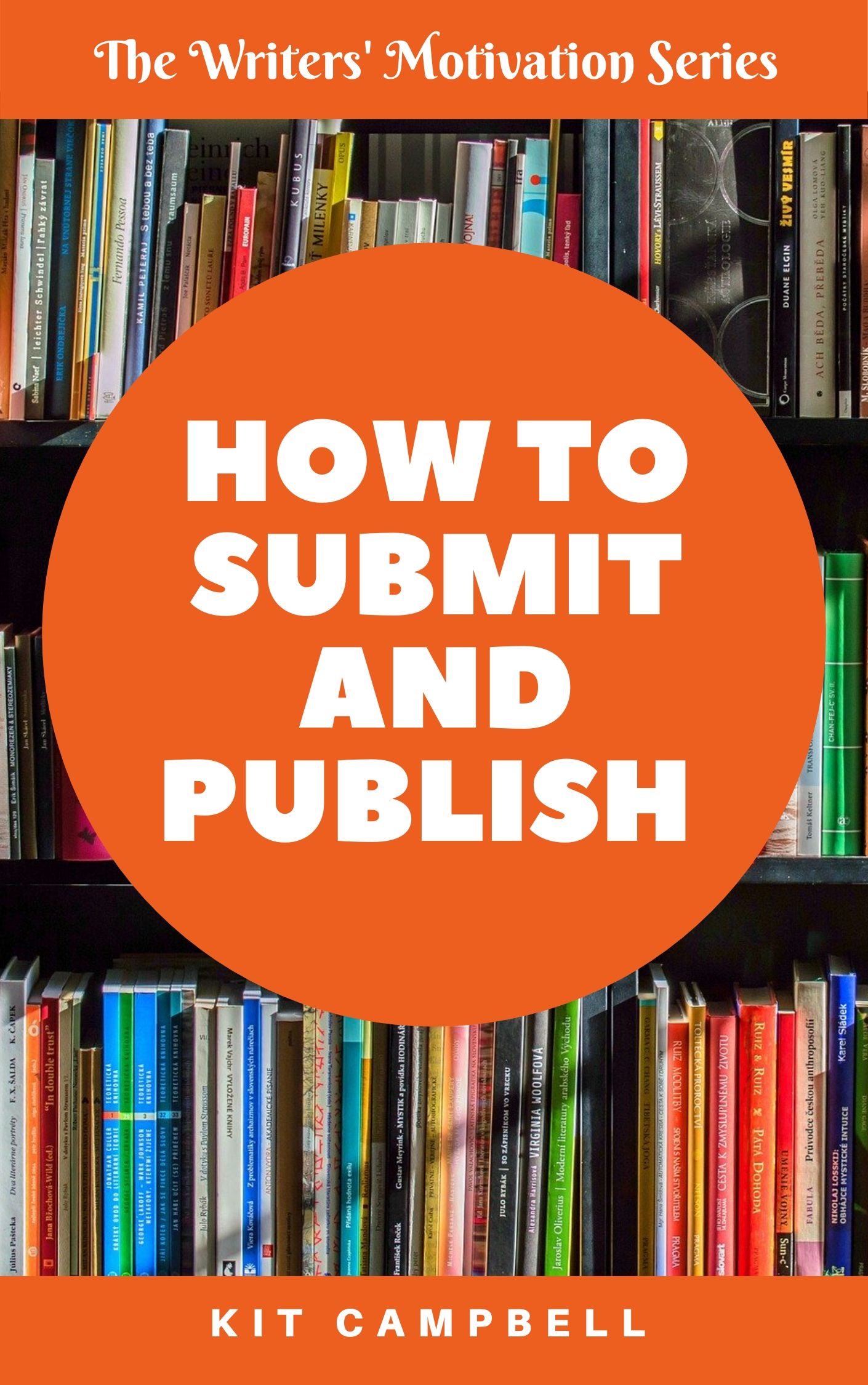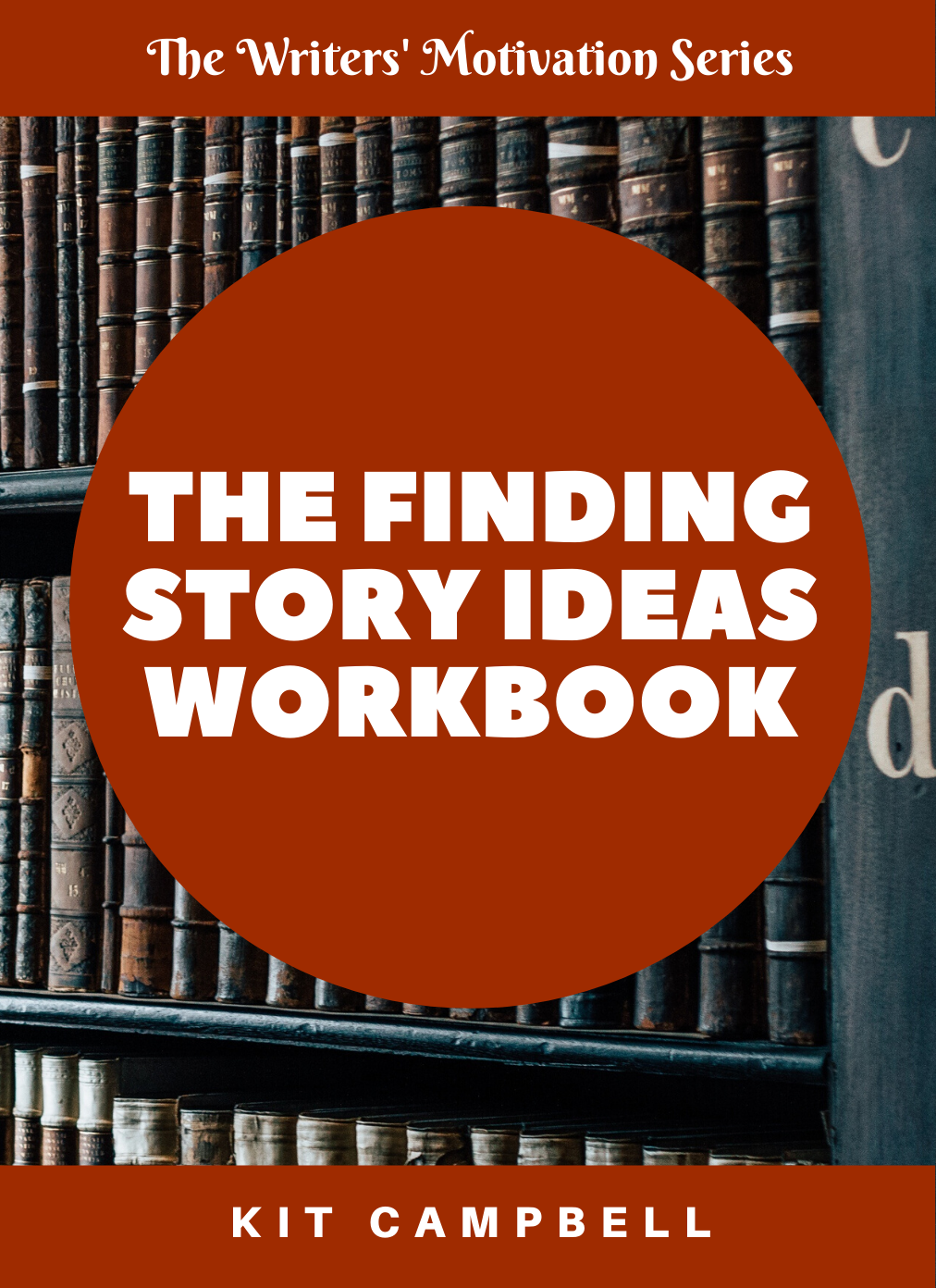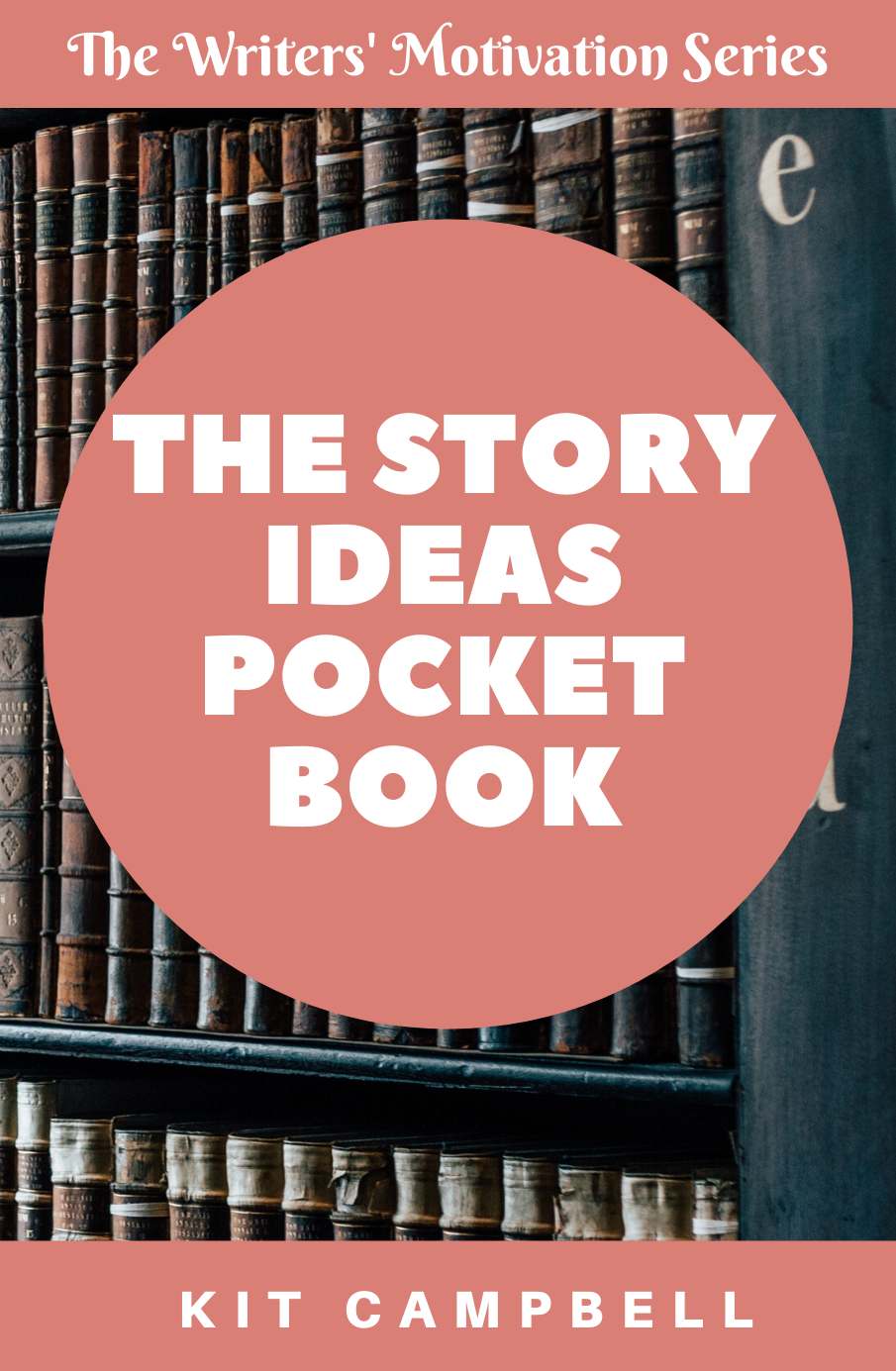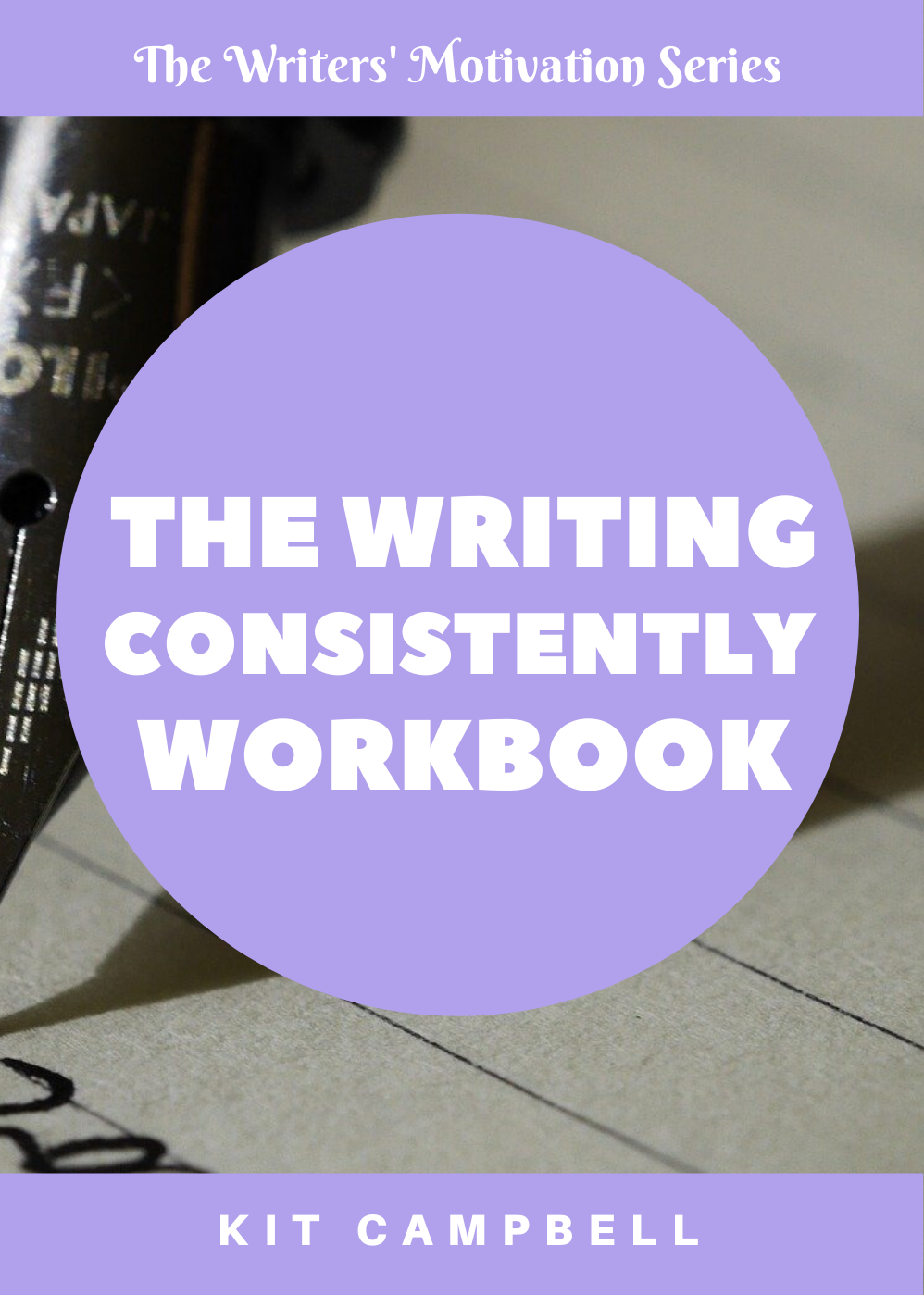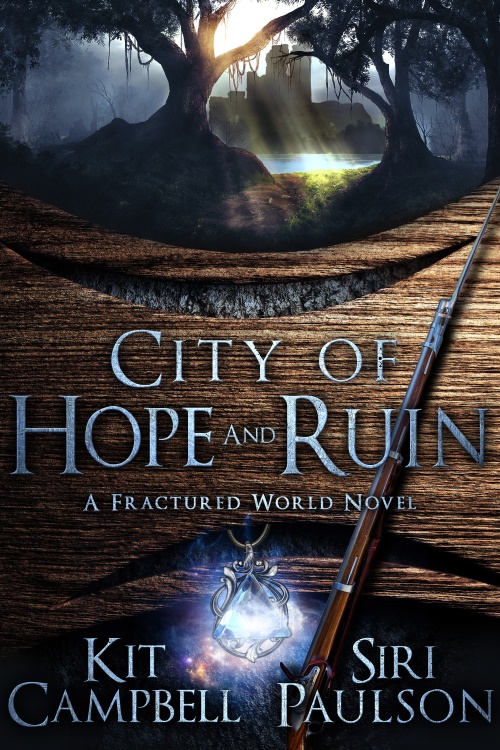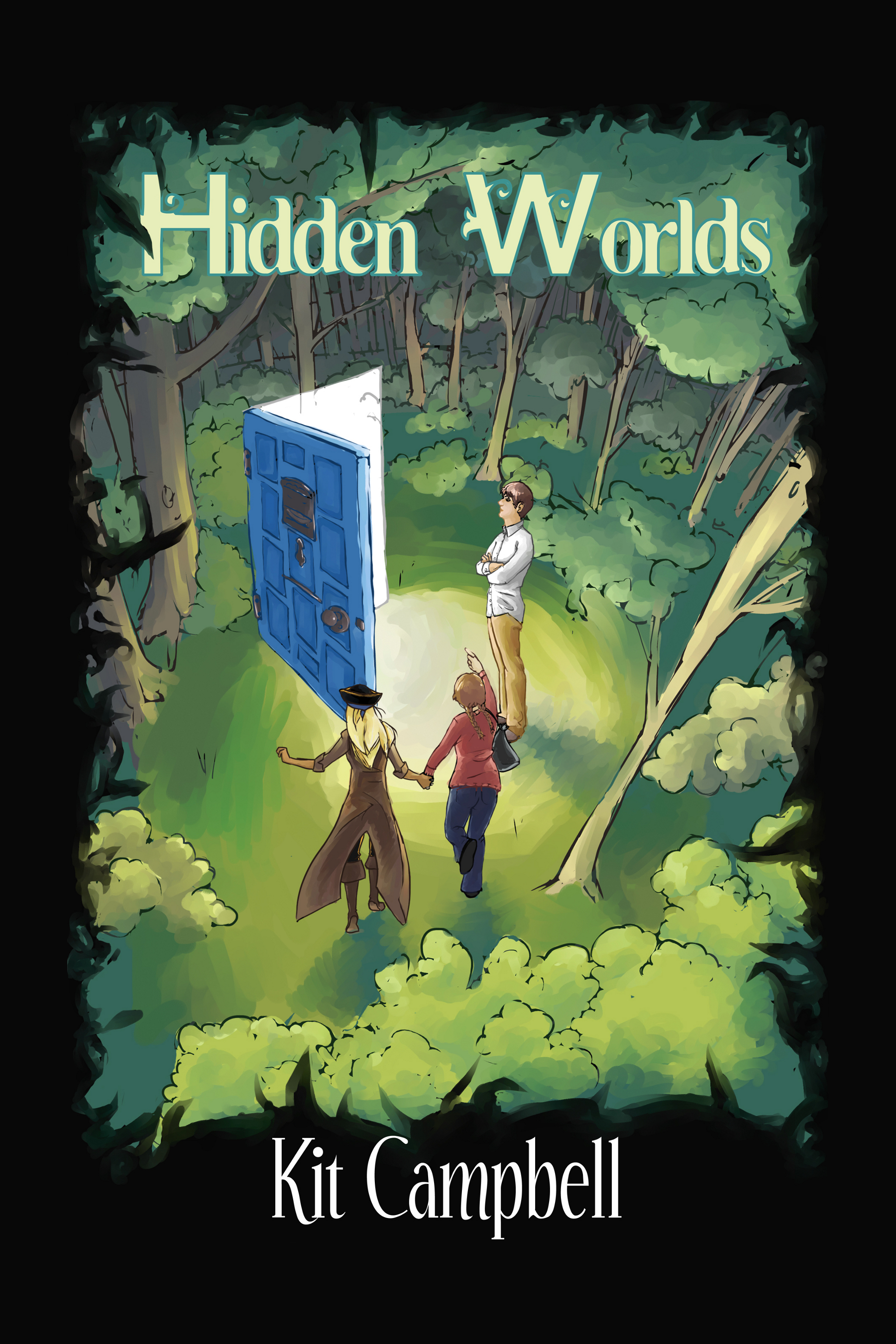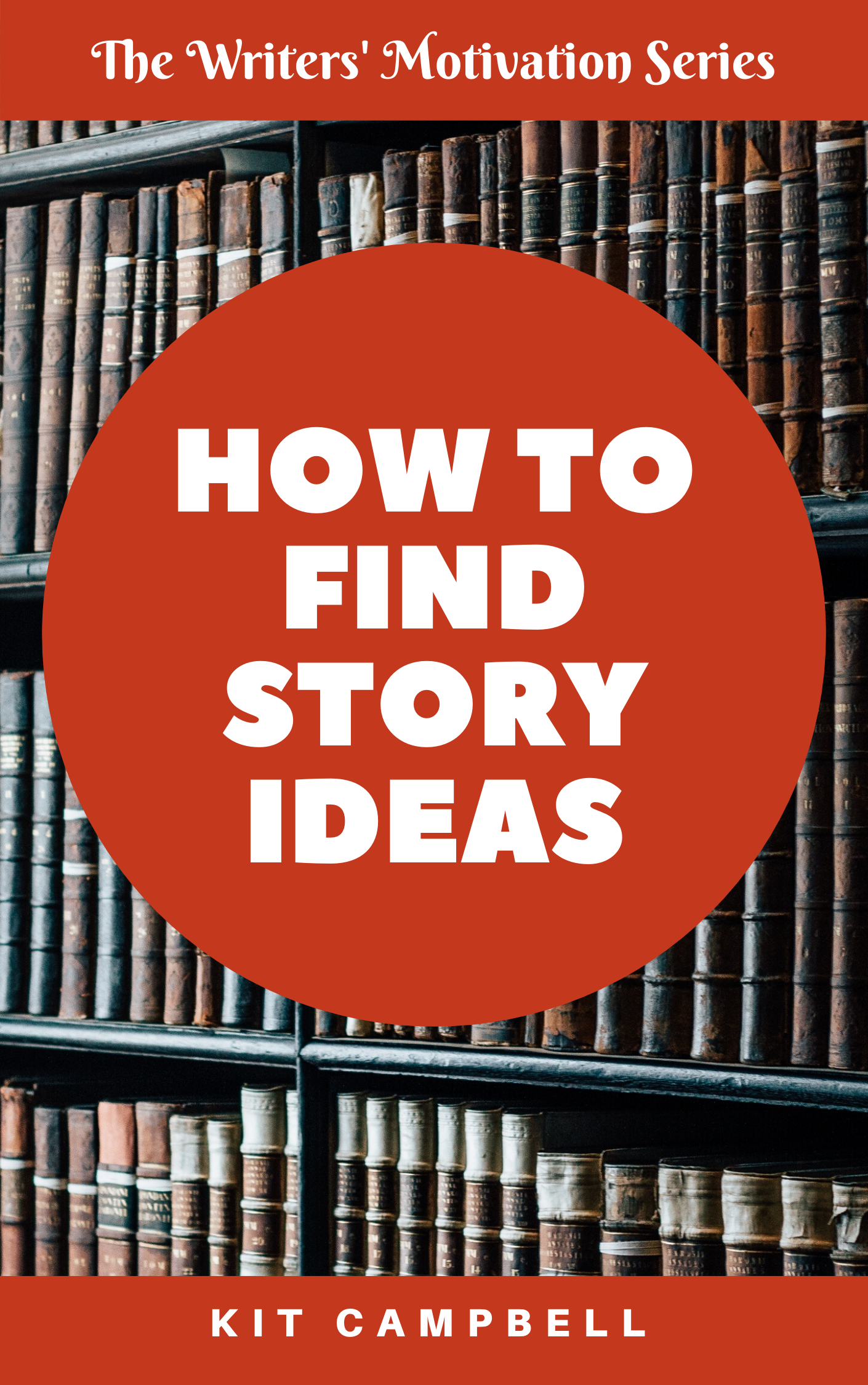
If this were a perfect world, we would find completely formed story ideas that fit what we needed them for, when we needed them.
Unfortunately, that’s not how the world works.
You can wait for inspiration to strike from on high when it will, or you can learn how to find inspiration on your own, allowing you to write more, hit deadlines, answer prompts and submission calls, and generally make sure you can write when you need to about what you need to.
In this book we discuss the importance of being able to find story ideas, how to keep track of them once you have them, and places to try when you need something. Come find out what works for you!
If you’d like a more hands-on approach, The Finding Story Ideas Workbook is available in conjunction with this book. The Story Ideas Pocket Book is also available, if you’d like to have a portable storage solution to take with you.

